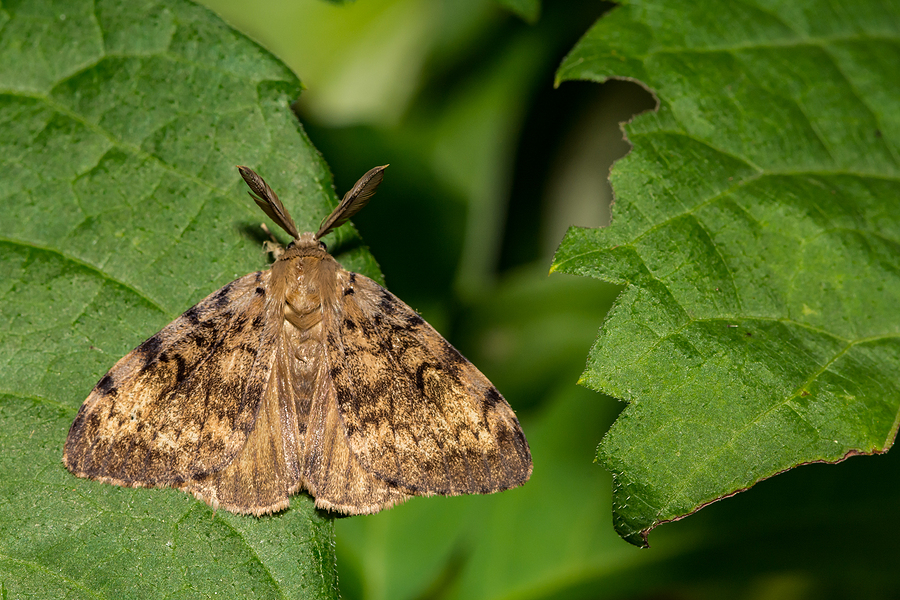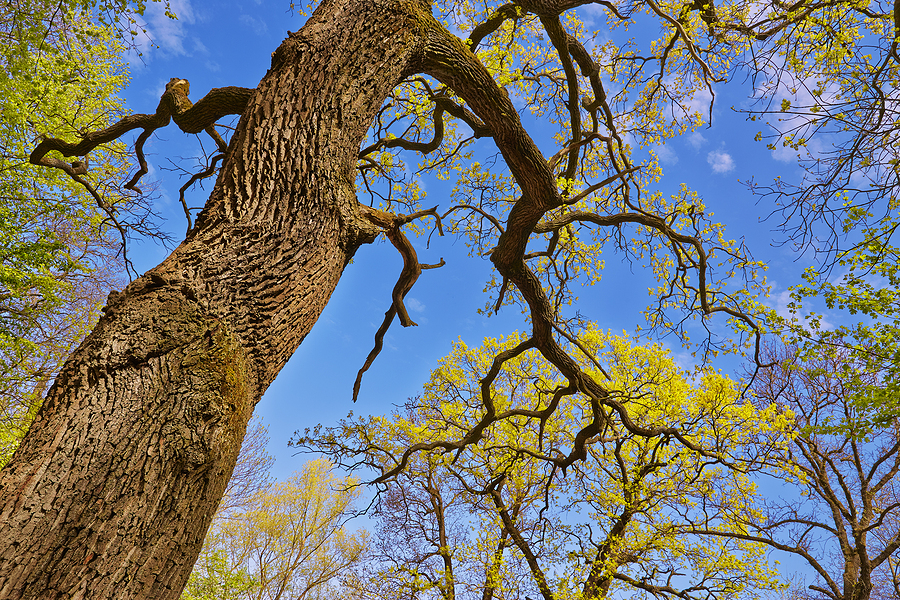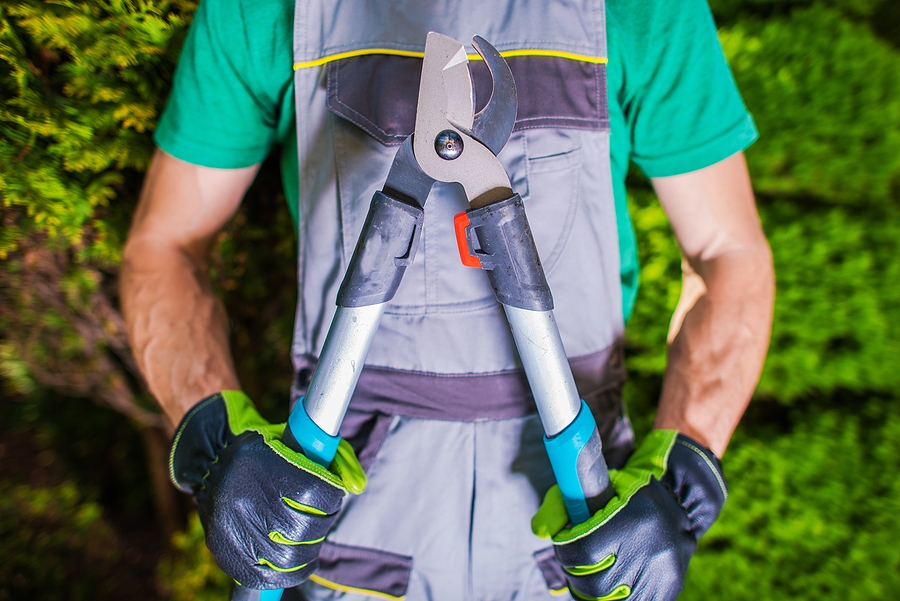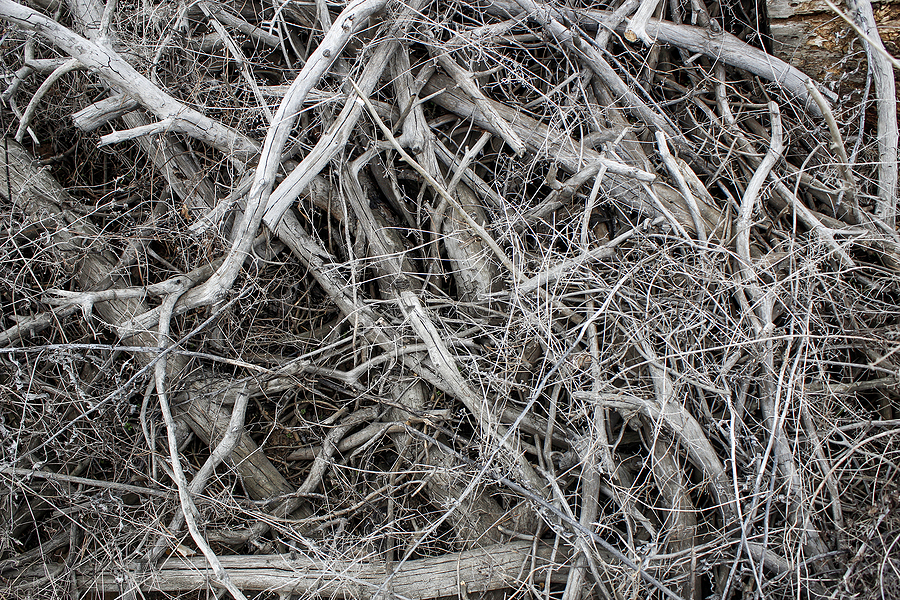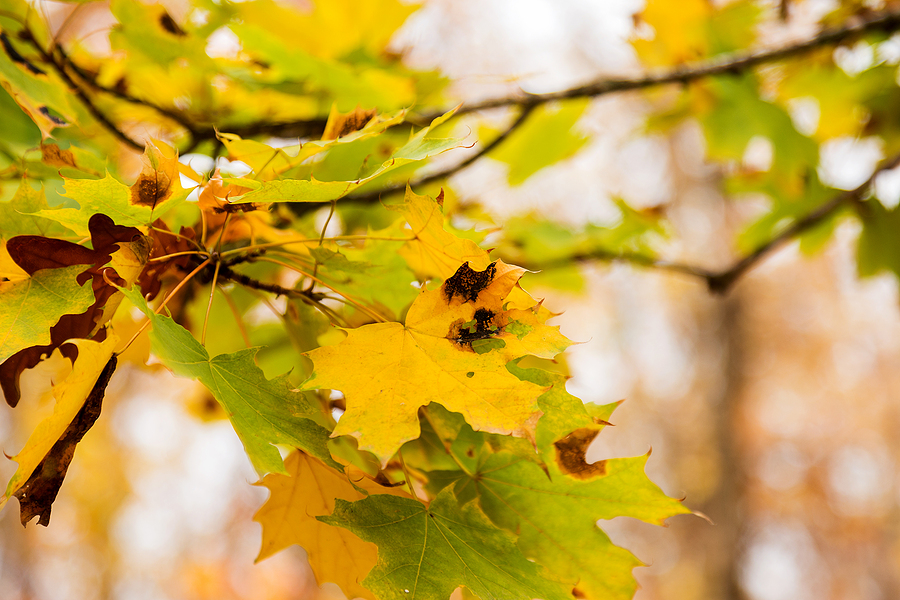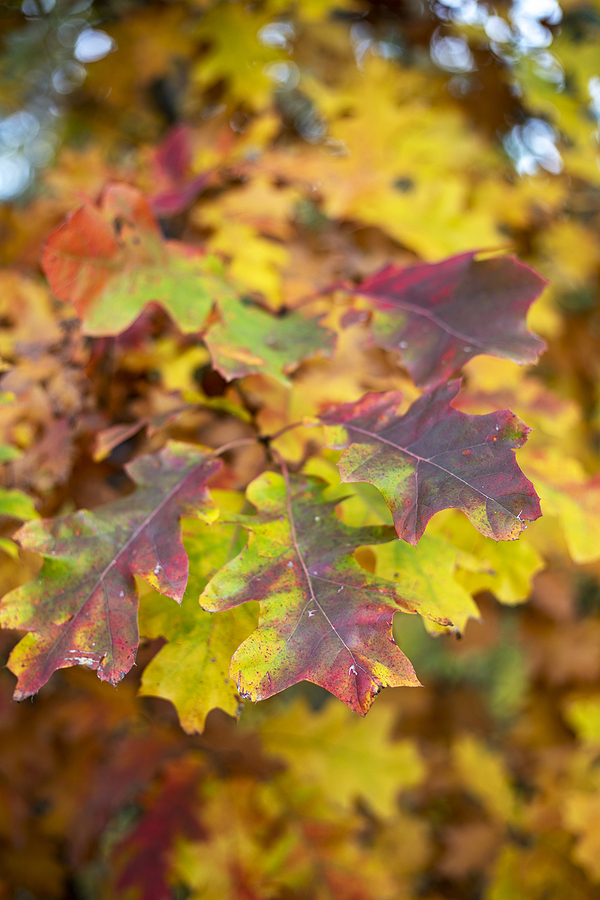Embrace the enchanting allure of a real Christmas tree, where the forest’s fragrance fills your home and cherished memories are made. While artificial trees offer convenience, nothing compares to the authentic sensory experience of a live tree. The crisp scent, the feel of the needles, and the natural beauty create a unique holiday atmosphere.
However, the thought of caring for a live tree can be daunting. Concerns about fallen needles, potential fire hazards, and the effort required for maintenance are valid. Our guide provides expert tips for choosing, caring for, and responsibly disposing of your tree, ensuring a sustainable and magical holiday season. Learn how to select the perfect tree, maintain its freshness, and create lasting traditions with confidence.
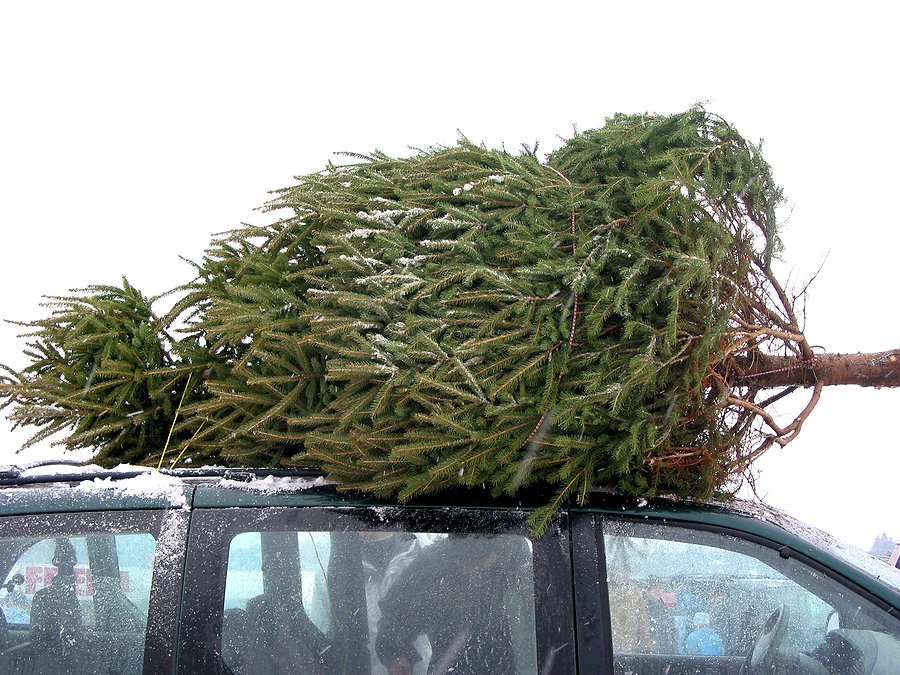
Choosing the Right Tree for Christmas
Selecting the perfect live Christmas tree is the first step in creating your holiday centerpiece. It involves more than just picking the tallest one; you need to consider the type, size, and freshness.
- Popular Tree Types: Fir, Spruce, and Pine—Each tree species offers a different look, feel, and fragrance.
- Fir Trees: Known for their excellent needle retention, firs are a popular choice for families who want less mess. They have a classic Christmas tree shape with strong branches ideal for heavy ornaments and release a pleasant, festive fragrance.
- Spruce Trees: Spruce trees offer a striking blue-green color and a strong, pyramidal shape. Their needles are sharp, but their branches are stiff, which is great for decorating. They tend to drop needles more quickly than firs, so consistent watering is crucial.
- Pine Trees: Characterized by long, soft needles and a distinctive pine scent, pine trees are known for excellent water retention, helping them stay fresh longer. Their open branch structure is well-suited for displaying larger ornaments.
Measure Your Space
Before heading to the tree farm, measure the height and width of the area where you plan to place your tree. Remember to account for the height of your tree stand and your topper (like a star or angel). Placing a waterproof mat under the stand is also a good idea to protect your floor from any water spills.
Check for Freshness
A fresh tree will last longer and be less of a fire risk. Here’s how to check for freshness before you buy:
- Needle Test: Gently run a branch through your enclosed hand. If the tree is fresh, very few needles should fall off.
- Branch Test: Bend a needle. A fresh needle from a fir or pine should snap, while a spruce needle should bend but not break easily.
- Scent Check: A fresh tree will have a noticeable, pleasant fragrance.
Bringing Your Tree Home
Whether you’re cutting your own or buying one that’s pre-cut, getting it home safely is key.
Cutting Down Your Tree
For many, cutting down their own tree is a cherished family tradition. If you plan to do this, always visit a designated Christmas tree farm. Cutting down trees from non-designated areas can harm natural habitats.
Safety is paramount. Follow these precautions:
- Wear Safety Gear: Always wear gloves, eye protection, and sturdy boots.
- Clear the Area: Ensure the space around the tree is free of obstacles and that bystanders, especially children, are at a safe distance.
- Use the Right Tool: A sharp handsaw is often sufficient. Make sure you have a firm grip and cut the tree low to the ground.
- Plan the Fall: Cut a notch on the side you want the tree to fall, then make a back cut on the opposite side. Have a spotter help guide the tree down.
- Look Up: Be aware of any overhead power lines and maintain a safe distance.
- Secure for Transport: Tie the tree securely to your vehicle to prevent accidents on the way home.
Buying a Freshly Cut Tree
If you’re buying a pre-cut tree, ask the seller to make a fresh, one-inch cut at the base before you take it home. This removes any dried sap and allows the tree to absorb water.
View Professional Tree Care Solutions for Indiana ✨
Setting Up Your Tree at Home
Proper setup is crucial for your tree’s longevity. This includes preparing the tree stand, depending on which type you choose (spiked, water-holding, swivel), plus selecting the perfect spot for your tree.
Prepare the Tree Stand
Choose a sturdy, water-holding stand that fits your tree’s trunk. Some common types include:
- Spiked Stands: These have a central spike to help secure the trunk.
- Water-Holding Stands: Essential for live trees, these reservoirs need to be refilled daily.
- Swivel Stands: These allow you to rotate the tree to find its best side after it’s secured.
Place the tree in the stand and get it into a bucket of water as soon as you get home. It can absorb a gallon of water in the first 24 hours.
Tree Placement
Where you place your tree can significantly impact how long it stays fresh.
- Keep it Cool: Position your tree away from heat sources like fireplaces, radiators, vents, and direct sunlight. Heat will cause it to dry out quickly.
- Avoid High Traffic: Place it where it won’t obstruct pathways or doorways.
Ongoing Xmas Tree Care
A little daily care goes a long way in keeping your real Christmas tree looking its best throughout the holiday season.
The Importance of Watering
Consistent watering is the most critical part of indoor tree care.
- Check Daily: Check the water level every day, especially during the first week. A tree can drink a gallon of water in the first 24 hours and a quart a day after that.
- Use Plain Water: Stick to plain tap water. Additives and preservatives are not necessary and can sometimes be harmful.
- Never Let it Dry Out: If the water level drops below the base of the trunk, a sap seal will form, and the tree won’t be able to absorb water. If this happens, you’ll need to make another fresh cut.
Humidity and Pest Control
Consider using a room humidifier to help keep the tree hydrated. Before bringing the tree inside, give it a good shake to dislodge any loose needles or potential pests.
After the Holidays: Tree Disposal
When the festivities are over, dispose of your tree responsibly.
- Recycling Programs: Many municipalities offer curbside pickup or drop-off locations to turn trees into mulch or compost.
- Habitat Restoration: Some local parks or conservation areas accept trees to create habitats for fish and wildlife.
- Rent-a-Tree Services: Some companies offer live, potted trees that they pick up after the holidays to be replanted.
- Creative Reuse: You can turn the trunk into coasters or use the needles for potpourri.
To be eco-friendly, avoid non-biodegradable decorations like tinsel, as they can contaminate the mulch. Using energy-efficient LED lights also reduces your environmental footprint.
A Tradition Worth Keeping
The effort of caring for a live Christmas tree is rewarded with an unmatched holiday ambiance. The fragrance, texture, and natural charm bring a piece of the winter forest into your home, creating a festive backdrop for new memories. By following these simple steps, you can ensure your tree remains fresh, safe, and beautiful all season long.
Interested in more holiday tips? Explore our other tree care blogs for more expert advice.
Related Post: What to Do with Your Christmas Tree after the Holidays in Indianapolis

